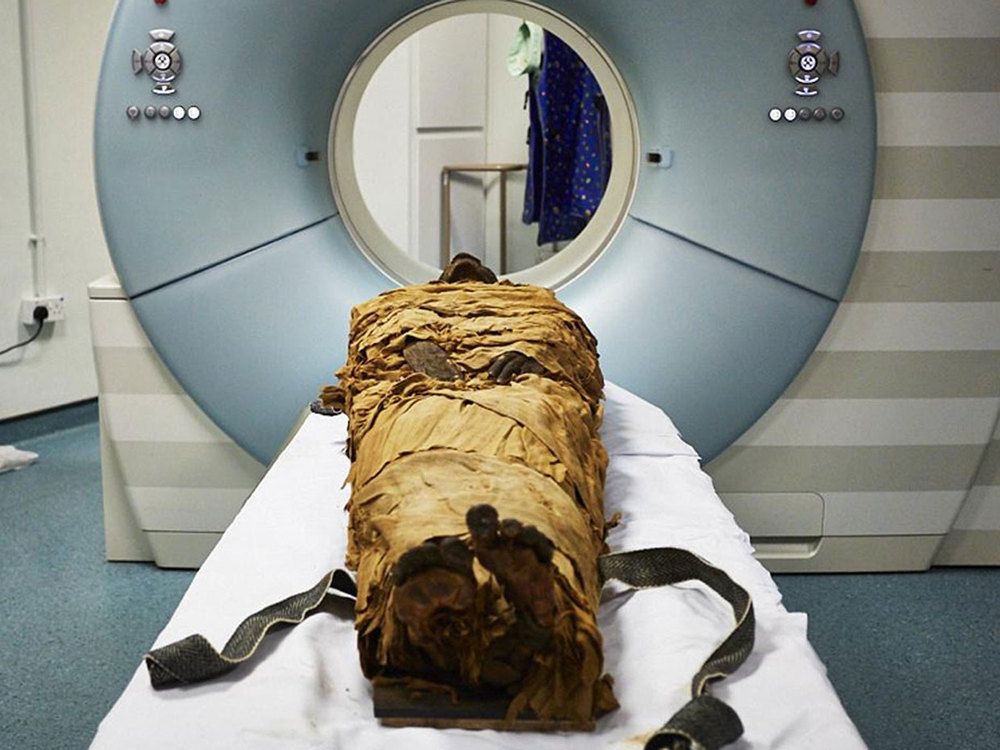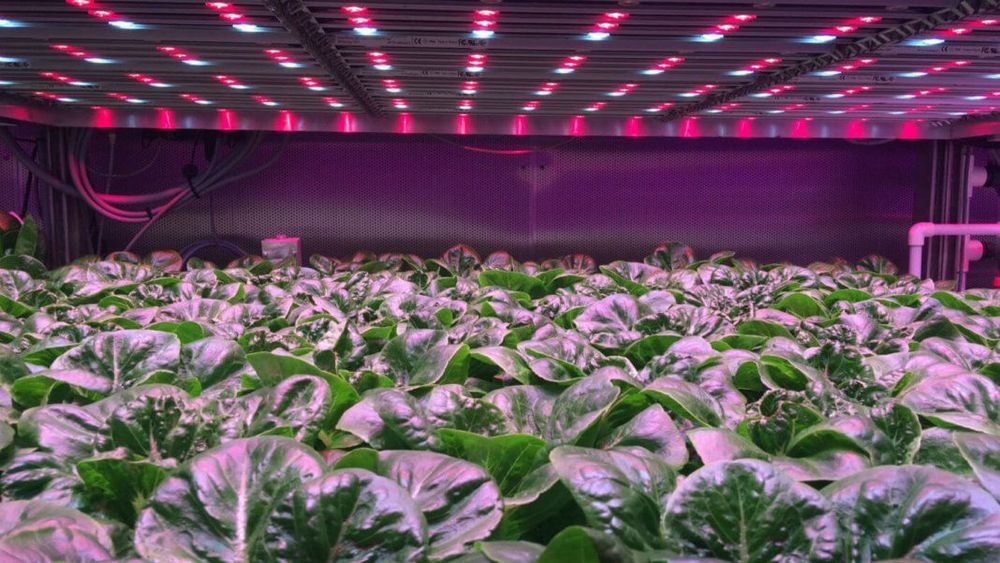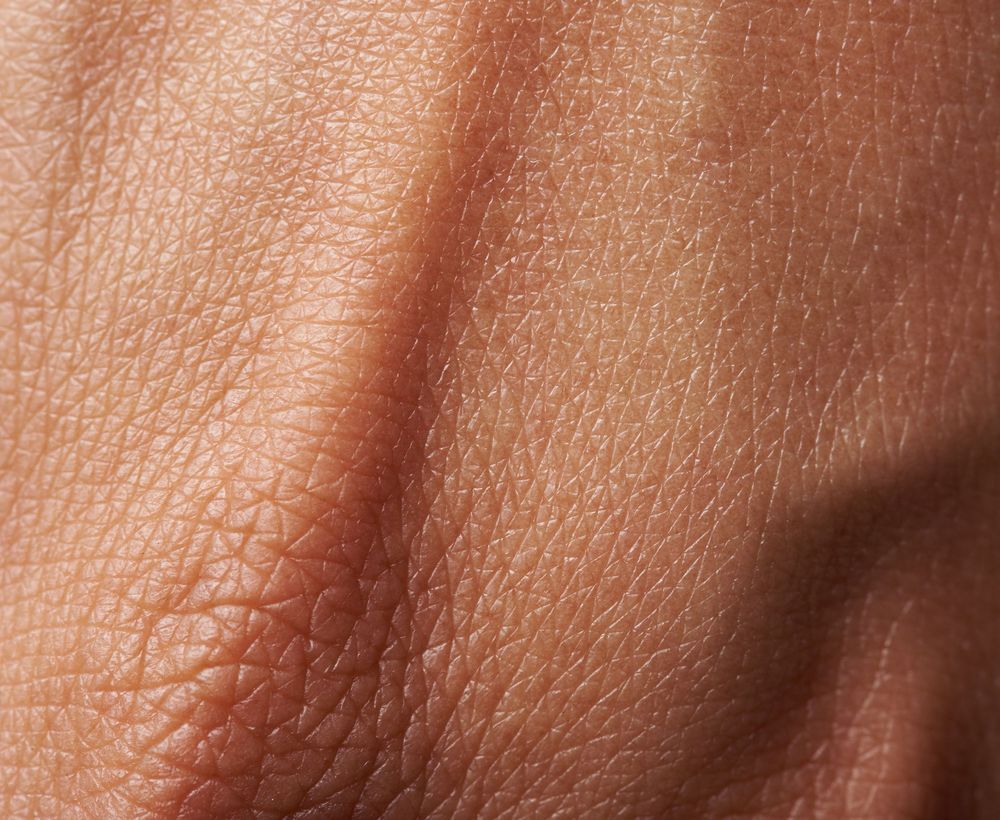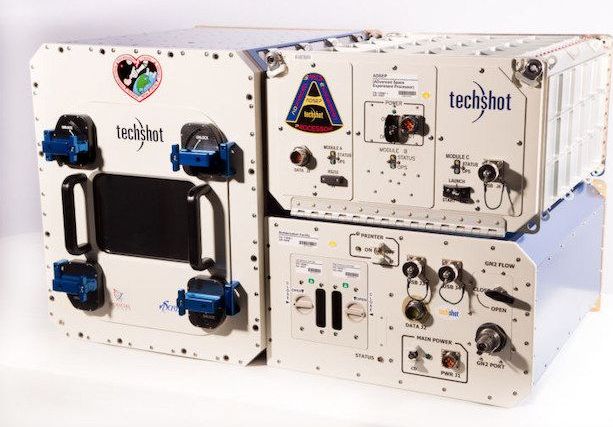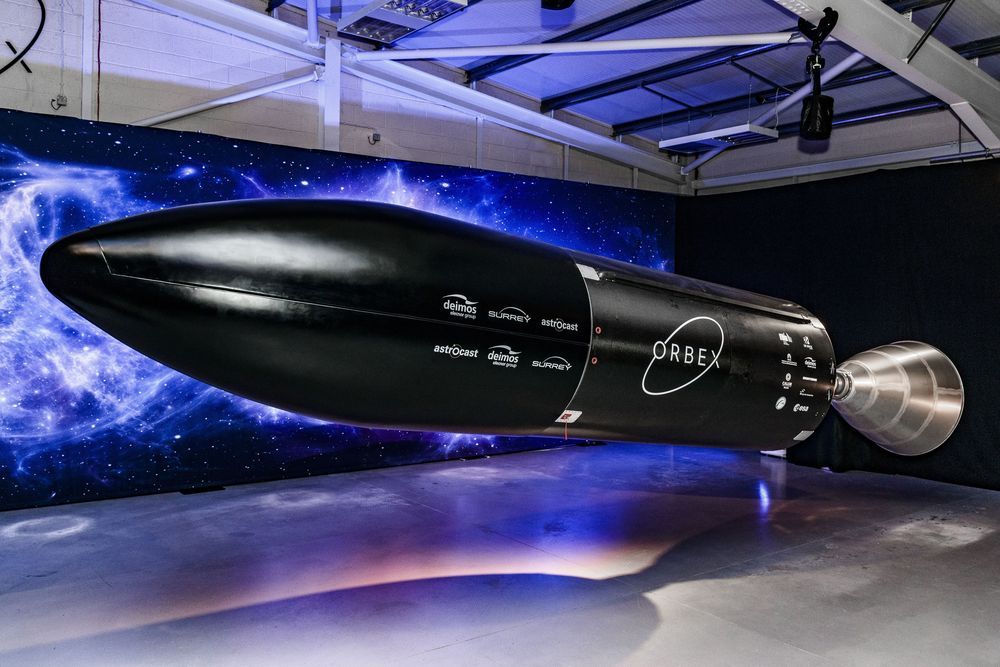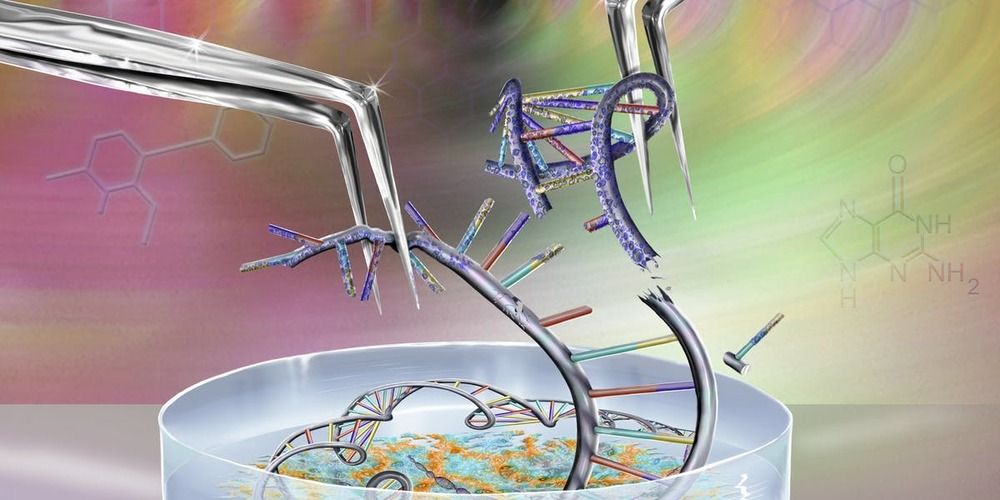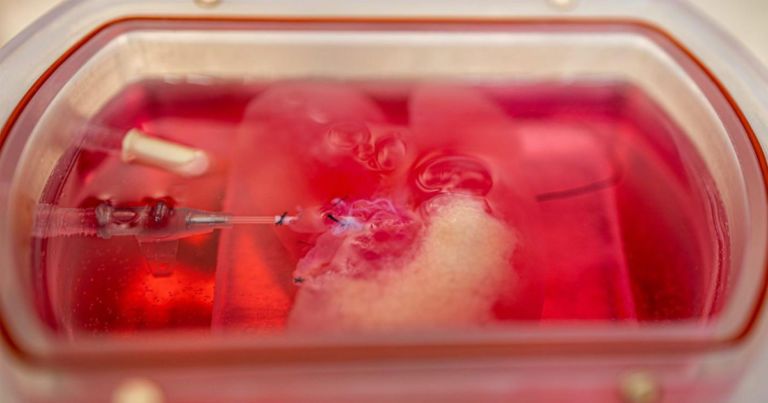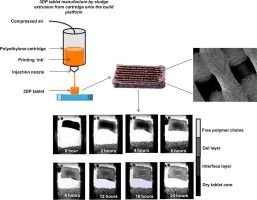Space launch startup Orbex has secured a customer for its forthcoming Prime space launch vehicle: TriSept, a provider of launch integration services for both commercial and government customers. TriSept has booked the full capacity of a rideshare mission aboard an Orbex Prime rocket to take off sometime in 2022, which should work schedule-wise, provided Orbex meets its target of flying its initial missions starting next year.
Orbex is leaning on 3D printing to expedite its launch vehicle production process, while also keeping costs low. The U.K.-based company is also in the process of working on final approvals and construction of a new spaceport in Sutherland, located in the Scottish highlands, which, when complete, will be the first mainland space launch facility in Europe.
TriSept, which provides launch management and brokerage services in addition to integration for payloads loaded into the launch vehicle, has been operating in the U.S. space market for years now, and it’ll also be setting up a full-time presence in the U.K. ahead of the Sutherland spaceport’s opening later this year, at Harwell Space Campus in Oxford.
